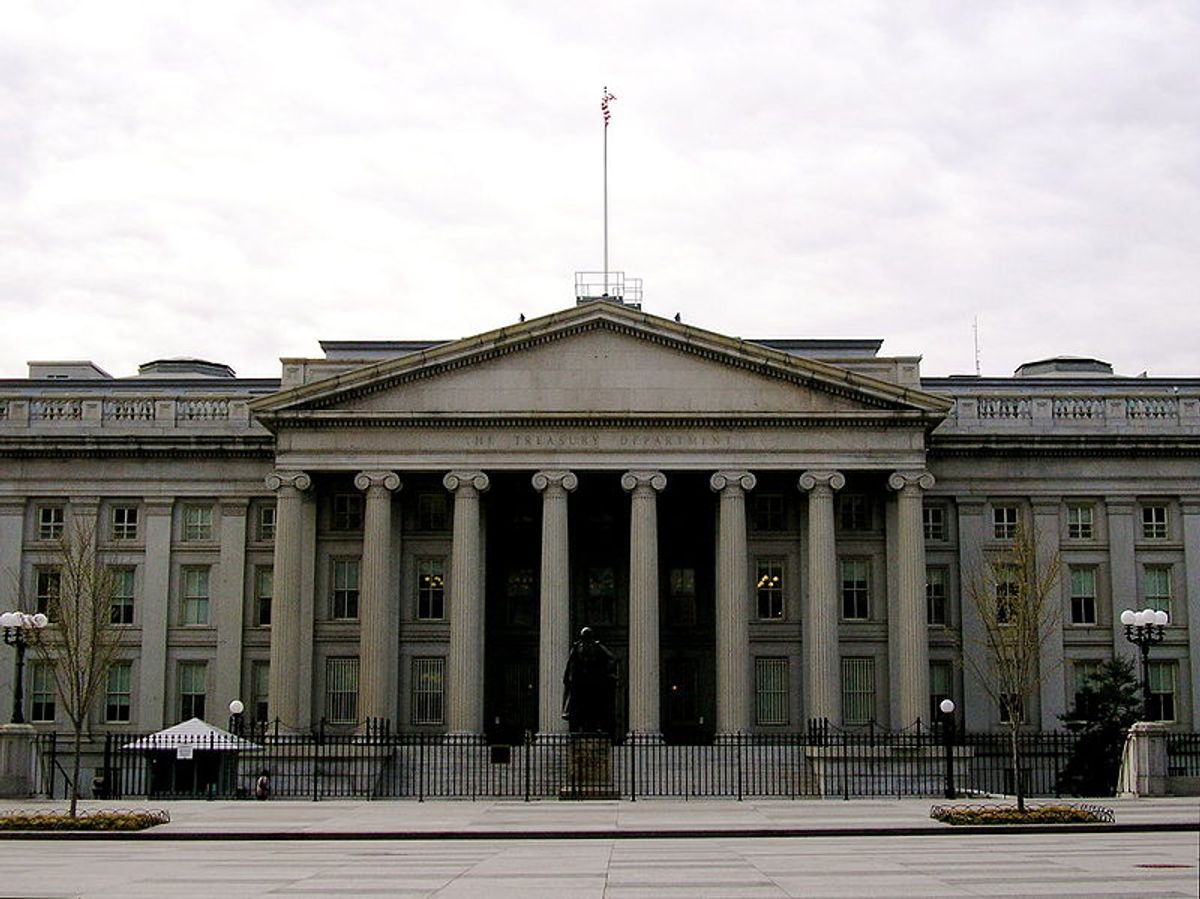Treasury Secretary Jacob J. Lew has told Congress the extraordinary measures being used to avoid breaching the debt ceiling “will be exhausted no later than Oct. 17” and the department will have about $30 billion to pay obligations. Fitch said it expects to resolve its rating watch negative outlook on the U.S. by the first quarter of 2014.
“The announcement reflects the urgency with which Congress should act to remove the threat of default hanging over the economy,” according to a Treasury statement.
Standard & Poor’s stripped the U.S. of its top credit ranking on Aug. 5, 2011, on Washington gridlock and the lack of an agreement to contain its growing ratio of debt to gross domestic product. The U.S.’s ratio of public debt to GDP is forecast to fall to 74.6 percent in 2015 after peaking next year at 76.2 percent, according to a Congressional Budget Office forecast in May.
Prioritizing Payments
“Treasury may be unable to prioritize debt service, and it is unclear whether it even has the legal authority to do so,” Fitch said of the U.S. making payments to bondholders while withholding on other obligations. “The U.S. risks being forced to incur widespread delays of payments to suppliers and employees, as well as social security payments to citizens -- all of which would damage the perception of U.S. sovereign creditworthiness and the economy.”
Moody’s Investors Service assigns the U.S. a stable Aaa ranking and said this week that it expects the debt ceiling to be raised, averting a default.
While the S&P downgrade didn’t result in investors charging the U.S. more to borrow, as 10-year yields slipped to a record 1.38 percent in July 2012, the move contributed to a global stock-market rout that erased about $6 trillion in value from July 26 to Aug. 12, 2011. Yields on Treasuries due in 10 years have risen to 2.73 percent.
Overseas Lenders
China and Japan, which together hold more than $2.4 trillion in U.S. Treasuries, raised pressure on the U.S. to resolve a the debt-ceiling impasse.
Japan must consider the impact of any default on its bond holdings, even as the U.S. will probably avoid a fiscal crisis, Japanese Finance Minister Taro Aso said Oct. 8 in Tokyo. Chinese Deputy Finance Minister Zhu Guangyao said in October that the U.S. should prevent a default, the People’s Daily reported.
The Bloomberg U.S. Dollar Index, which tracks the greenback against 10 other major currencies, has risen since S&P’s August 2011 downgraded the nation.
Spending cuts totaling $1.2 trillion during nine years, with $85 billion set to take effect in the remaining months of this fiscal year, were triggered in March when the government failed to agree on a way to replace them with other budget reduction measures. The reductions, known as sequestration, were part of the 2011 agreement that lifted the federal debt limit.
The U.S. was awarded the top credit ranking by New York- based S&P in 1941. Moody’s, which has rated the U.S. Aaa since 1917, placed the U.S. on negative outlook in August 2011.
--Editor: Dave Liedtka
To contact the reporter on this story: John Detrixhe in New York at jdetrixhe1@bloomberg.net
To contact the editor responsible for this story: Dave Liedtka at dliedtka@bloomberg.net
![]()



Shares